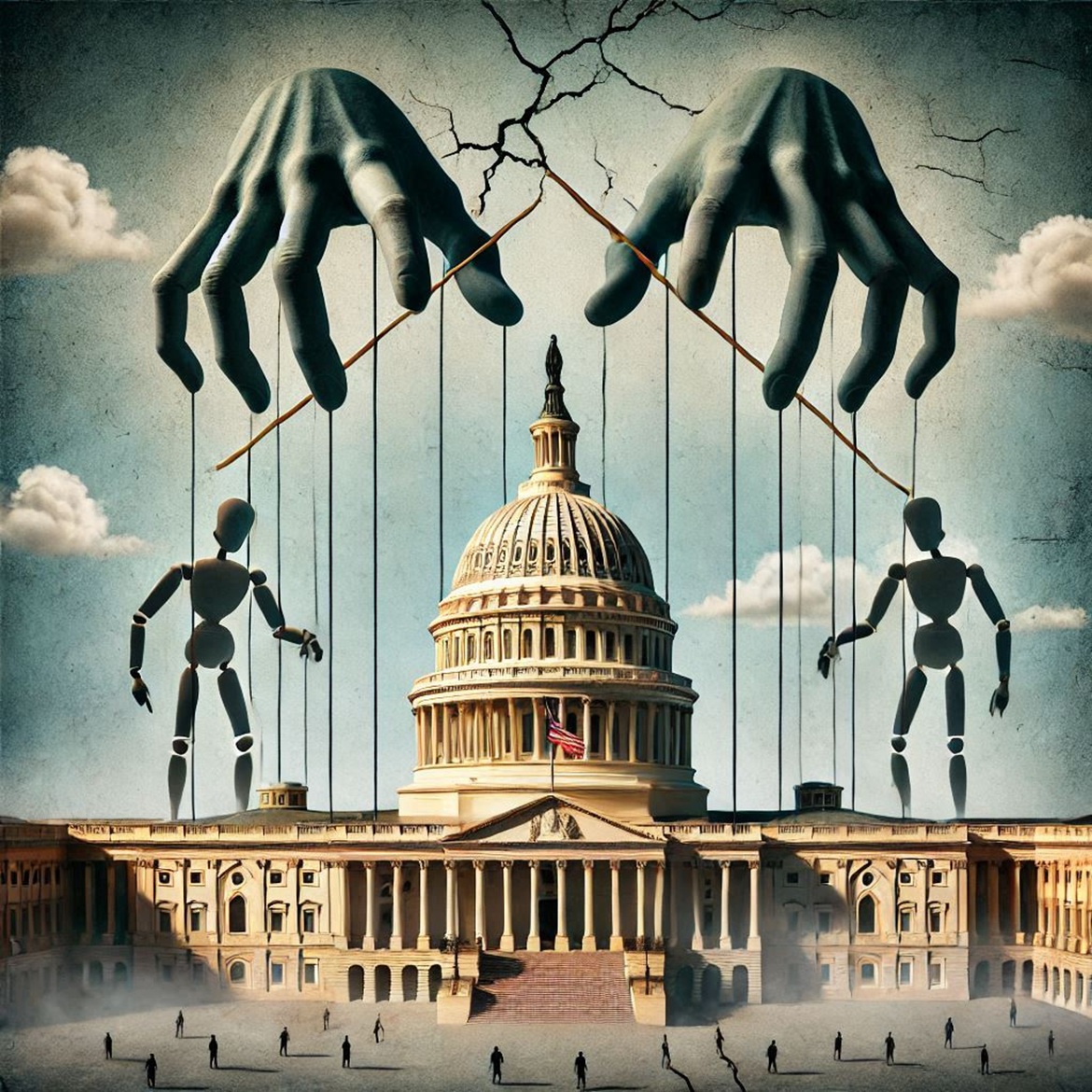Imagine this: You’re tightening your belt to cover rising grocery bills, sky-high gas prices, and mounting taxes. Meanwhile, the very people who claim to represent you are living the high life, funded by—you guessed it—your hard-earned tax dollars.
The contrast couldn’t be sharper. For everyday Americans, sacrifices are routine. For politicians, extravagance seems to be the norm. And while you’re told these public servants are working tirelessly on your behalf, the perks they enjoy might make you question who they’re really serving.
Lavish Travel and First-Class Comforts
When was the last time you flew first class? For most Americans, the thought of paying thousands for a plane ticket is laughable. Yet many politicians routinely travel in luxury, often without footing the bill themselves. Taxpayers cover their premium airfare, five-star hotels, and chauffeured car services.
Take congressional delegations, for instance. Officially, these trips are described as necessary for diplomacy or fact-finding. But many of these excursions include stops in exotic locations, fine dining, and leisure activities that have little to do with official duties. It’s not uncommon for these “fact-finding missions” to resemble high-end vacations.
The Office of Excess
The average American workplace is no-frills, practical, and efficient. But the offices of some elected officials tell a very different story. Lavish furnishings, high-end decor, and state-of-the-art amenities often transform these spaces into something closer to a luxury suite than a workplace.
Consider the budgets allocated for office renovations. Some officials have spent hundreds of thousands—sometimes even millions—on upgrades that seem more about personal taste than public service. Mahogany desks, custom artwork, and high-tech gadgets aren’t uncommon. All of it is billed to taxpayers.
Health Care You’ll Never See
While millions of Americans wrestle with rising premiums and limited coverage, politicians enjoy access to some of the best health care plans in the country. Members of Congress are eligible for comprehensive plans with significantly lower costs than the average American pays. Additionally, many continue to receive these benefits long after leaving office.
Even more striking is the access some officials have to exclusive medical facilities. These are not your typical hospitals or clinics. They’re private centers staffed by top-tier professionals and equipped with cutting-edge technology, ensuring that those in power never have to wait in line or settle for subpar care.
Retirement Packages Fit for Royalty
Think about your retirement savings for a moment. Have you managed to save enough? Are you counting on Social Security, despite warnings about its uncertain future? For most Americans, retirement planning is a source of anxiety.
For politicians, it’s a different story entirely. Many enjoy pensions and benefits that far outstrip what the average worker could ever dream of. These packages are funded by—you guessed it—taxpayers. And unlike the average 401(k), these pensions come with guaranteed payouts, regardless of the state of the economy.
The Security Bubble
We all want to feel safe. But the level of security afforded to many public officials goes far beyond what most people can imagine. Security details, private drivers, and even personal chefs are often part of the package. While some level of protection is justified, the sheer scale and cost of these services often raise eyebrows.
The argument is always the same: “It’s necessary for their safety.” But when the expense of protecting these officials runs into the millions annually, it’s fair to ask if every dollar is being spent wisely—or if some of these services are more about comfort and convenience than actual need.
“Free” Perks That Add Up
From free gym memberships to generous travel stipends, the perks of political office go far beyond the salary. Want to park in a prime downtown spot without paying a dime? There’s a permit for that. Need a meal? Many politicians have access to taxpayer-subsidized dining options that rival the best restaurants.
These benefits might seem small in isolation, but they add up quickly. And for the average taxpayer, every dollar spent on these perks is one less dollar available for schools, roads, or other essential services.
The Accountability Gap
The most frustrating part of all this? The lack of accountability. Oversight mechanisms exist, but they often lack the teeth to enforce meaningful change. When scandals arise, they’re frequently met with half-hearted apologies and promises to “do better.” Rarely are there consequences that match the scale of the abuse.
The truth is, many of these perks are baked into the system. They’re legal, and in many cases, entirely above board. But legality doesn’t always equal morality. When officials prioritize their comfort over the needs of the people they serve, it erodes trust in government.
Final Thoughts
You’re not powerless in this equation. Transparency and accountability are your best weapons. Push for laws that require detailed reporting of how tax dollars are spent. Demand term limits and reforms that reduce opportunities for abuse. And most importantly, vote. The ballot box remains one of the most effective tools for holding public officials accountable.
It’s easy to feel disillusioned when you see the disconnect between the lives of politicians and the struggles of everyday Americans. But by staying informed and engaged, you can help shift the balance. After all, public office is supposed to be about service, not luxury.
Your tax dollars are a reflection of your priorities. Don’t let them be hijacked for someone else’s gain.




